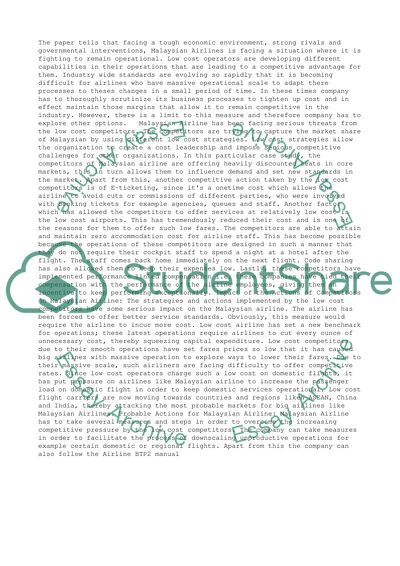Cite this document
(“Malaysian Airlines corporate strategy Essay Example | Topics and Well Written Essays - 2000 words”, n.d.)
Retrieved from https://studentshare.org/management/1396402-corporate-strategy
Retrieved from https://studentshare.org/management/1396402-corporate-strategy
(Malaysian Airlines Corporate Strategy Essay Example | Topics and Well Written Essays - 2000 Words)
https://studentshare.org/management/1396402-corporate-strategy.
https://studentshare.org/management/1396402-corporate-strategy.
“Malaysian Airlines Corporate Strategy Essay Example | Topics and Well Written Essays - 2000 Words”, n.d. https://studentshare.org/management/1396402-corporate-strategy.


